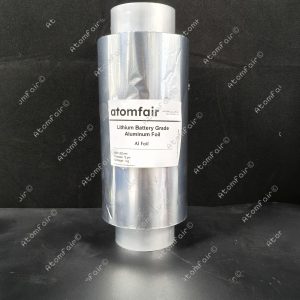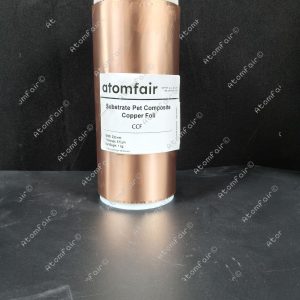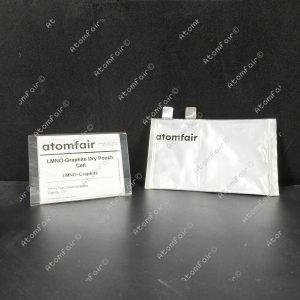Your cart is currently empty!

Atomfair Diamyl Sulfite C10H22O3S
Description Diamyl Sulfite (CAS 2051-05-0), also known as dipentyl sulfite, is a high-purity organosulfur compound with the molecular formula C10H22O3S. This clear to pale yellow liquid (MW 222.34 g/mol) exhibits a characteristic ester-like odor and is sparingly soluble in water but miscible with common organic solvents. As a pentyl ester of sulfurous acid, it serves as a versatile intermediate in organic synthesis and specialty chemical applications. Our product is rigorously tested to ensure >98% purity (GC) with controlled moisture content (
Description
Description
Diamyl Sulfite (CAS 2051-05-0), also known as dipentyl sulfite, is a high-purity organosulfur compound with the molecular formula C10H22O3S. This clear to pale yellow liquid (MW 222.34 g/mol) exhibits a characteristic ester-like odor and is sparingly soluble in water but miscible with common organic solvents. As a pentyl ester of sulfurous acid, it serves as a versatile intermediate in organic synthesis and specialty chemical applications. Our product is rigorously tested to ensure >98% purity (GC) with controlled moisture content (<0.1% water) for optimal performance in sensitive applications. Suitable for use as a ligand modifier, stabilizer, or sulfur source in catalytic systems. Packaged under nitrogen atmosphere in amber glass bottles or specialty fluoropolymer-lined containers to prevent degradation.
- CAS No: 2051-05-0
- Molecular Formula: C10H22O3S
- Molecular Weight: 222.35
- Exact Mass: 222.12896573
- Monoisotopic Mass: 222.12896573
- IUPAC Name: dipentyl sulfite
- SMILES: CCCCCOS(=O)OCCCCC
- Synonyms: Diamyl Sulfite, Sulfurous acid, dipentyl ester, 680-141-8, Dipentyl sulfite, 2051-05-0
Application
Diamyl sulfite finds application as an effective stabilizer for peroxide-containing formulations in polymer chemistry. It serves as a mild sulfonating agent in the synthesis of specialty surfactants and lubricant additives. Researchers utilize this compound as a model substrate for studying ester cleavage mechanisms in organic synthesis. In materials science, it functions as a ligand modifier for transition metal catalysts in asymmetric synthesis.
If you are interested or have any questions, please contact us at support@atomfair.com
Related products
-
Atomfair 1 kg/roll Battery Grade Aluminum Foil (200mm W x 12um T) for Battery Electrode Substrate/ Current Collector
$169.95 -
Atomfair 1 kg/roll Battery Grade PET Composite Copper Foil for Battery Anode Substrate/ Current Collector
$529.95 -
Atomfair 1 kg/roll Double Sides Conductive Carbon Coated Aluminum Foil for Battery Electrode Substrate/ Current Collector (200 mm wide 14+1+1 um thick)
$189.95 -
Atomfair 1AH LCO || Graphite Dry Pouch Cell Lithium Ion Battery
$169.95 -
Atomfair 1AH LMNO || Graphite Dry Pouch Cell Lithium Ion Battery
$189.95




